Hokusai's Fuji 22568
A wonderfully illustrated exploration of one of Hokusai’s key motifs: Mount Fuji.
Katsushika Hokusai’s Thirty-Six Views of Mount Fuji and the three volumes of his subsequent One Hundred Views of Mount Fuji show his fascination with a single motif: Mount Fuji. Hokusai’s near-obsession with Fuji was part of his hankering after artistic immortality. In Buddhist and Daoist tradition, this mountain was thought to hold the secret to eternal life, as one popular interpretation of its name suggests: fu-shi (“not death”).
Thirty-Six Views of Mount Fuji was produced from 1830 to 1832, when Hokusai was in his seventies and at the height of his career. Among the prints are three of the artist’s most famous: The Great Wave of Kanagawa; Fine Wind, Clear Morning; and Thunderstorm Beneath the Summit. By the time he created his second great tribute to Mount Fuji, three volumes comprising One Hundred Views of Mount Fuji, he was using the artist names “Gakyo Rojin” (“old man crazy for painting”) and “Manji” (“ten thousand things” or “everything”). Contrasting the mountain’s steadfastness and solidity with the changing world around it, Hokusai depicts Fuji through different seasons, weather conditions, and settings, and in so doing communicates an important message: while life changes, Fuji stands still.
Including all illustrations from these two masterful series, Hokusai’s Fuji also features many of Hokusai’s earlier renditions of the mountain, as well as later paintings. In this way, through Mount Fuji, this volume traces a history of Hokusai’s oeuvre.
Katsushika Hokusai’s Thirty-Six Views of Mount Fuji and the three volumes of his subsequent One Hundred Views of Mount Fuji show his fascination with a single motif: Mount Fuji. Hokusai’s near-obsession with Fuji was part of his hankering after artistic immortality. In Buddhist and Daoist tradition, this mountain was thought to hold the secret to eternal life, as one popular interpretation of its name suggests: fu-shi (“not death”).
Thirty-Six Views of Mount Fuji was produced from 1830 to 1832, when Hokusai was in his seventies and at the height of his career. Among the prints are three of the artist’s most famous: The Great Wave of Kanagawa; Fine Wind, Clear Morning; and Thunderstorm Beneath the Summit. By the time he created his second great tribute to Mount Fuji, three volumes comprising One Hundred Views of Mount Fuji, he was using the artist names “Gakyo Rojin” (“old man crazy for painting”) and “Manji” (“ten thousand things” or “everything”). Contrasting the mountain’s steadfastness and solidity with the changing world around it, Hokusai depicts Fuji through different seasons, weather conditions, and settings, and in so doing communicates an important message: while life changes, Fuji stands still.
Including all illustrations from these two masterful series, Hokusai’s Fuji also features many of Hokusai’s earlier renditions of the mountain, as well as later paintings. In this way, through Mount Fuji, this volume traces a history of Hokusai’s oeuvre.
Чудово ілюстроване дослідження одного з ключових мотивів Хокусая - гори Фудзі.
"Тридцять шість видів гори Фудзі" Кацусіки Хокусая та три томи його наступної книги "Сто видів гори Фудзі" демонструють його захоплення одним мотивом: Гора Фудзі. Майже одержимість Хокусая Фудзі була частиною його прагнення до мистецького безсмертя. У буддистській та даоській традиції вважалося, що ця гора зберігає таємницю вічного життя, як свідчить одне з популярних тлумачень її назви: фу-ши ("не смерть").
Тридцять шість видів гори Фудзі було створено з 1830 по 1832 рік, коли Хокусаю було близько сімдесяти років і він перебував на піку своєї кар'єри. Серед гравюр - три найвідоміші роботи художника: "Велика хвиля Канагави", "Ясний ранок, легкий вітер" та "Гроза під вершиною". Коли він створив свою другу велику данину Фудзі, три томи, що складають "Сто видів гори Фудзі", він використовував псевдоніми "Гакйо Родзін" ("старий, схиблений на живописі") та "Мандзі" ("десять тисяч речей" або "все"). Протиставляючи непохитність і твердість гори мінливому світу навколо неї, Хокусай зображує Фудзі в різні пори року, за різних погодних умов і в різних обстановках, і таким чином передає важливе послання: поки життя змінюється, Фудзі стоїть на місці.
До книги "Фудзі" Хокусая увійшли всі ілюстрації з цих двох майстерних серій, а також багато ранніх зображень гори, зроблених Хокусаєм, і пізніші картини. Таким чином, через гору Фудзі цей том простежує історію творчості Хокусая.
- АвторKatsushika Hokusai
- КатегоріяКультура та мистецтво
- МоваАнглійська
- Рік2023
- Сторінок416
- Формат150х215 мм
- ОбкладинкаТверда
- Тип паперуОфсетний
- ІлюстраціїКольорові
- ОформленняСуперобкладинка
- Вага, г700
- ЖанрІсторія мистецтвОбразотворче мистецтво
- Вік16+
- Упорядник / РедакторKyoko Wada
1666 ₴
Відділення Нова Пошта80 ₴
Поштомат Нова Пошта80 ₴
Кур’єр Нова Пошта120 ₴
Відділення УкрПошта50 ₴
Кур’єр за адресою90 ₴

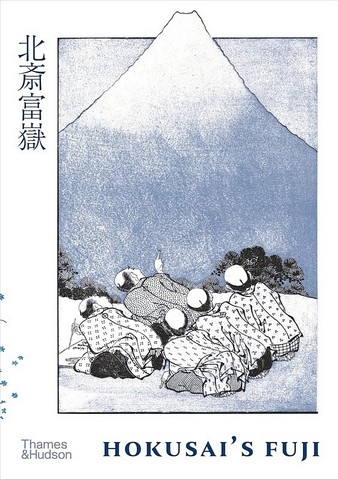
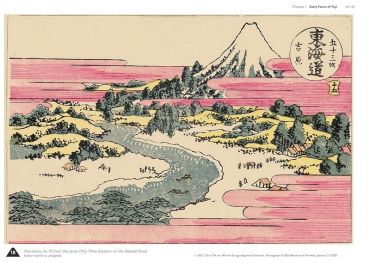

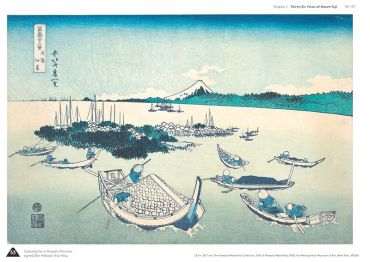
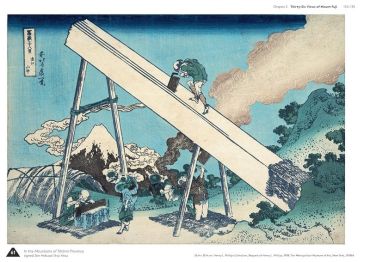
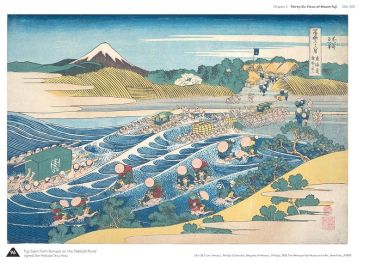
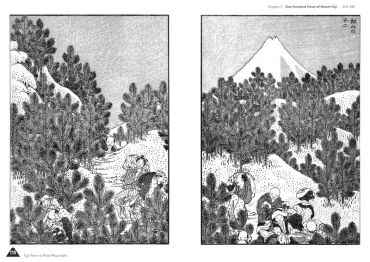
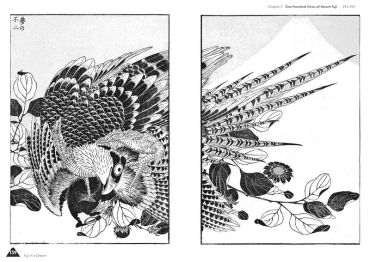
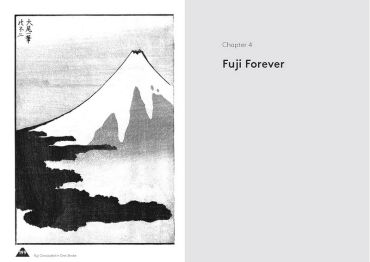
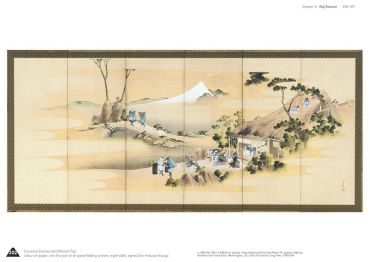
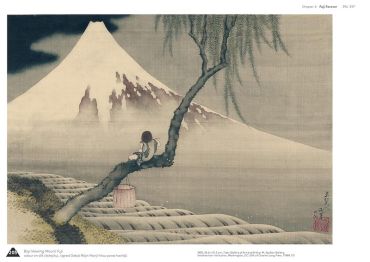


















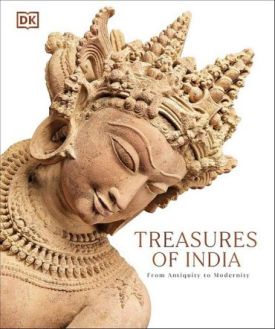
допоможіть тим, хто ще не читав